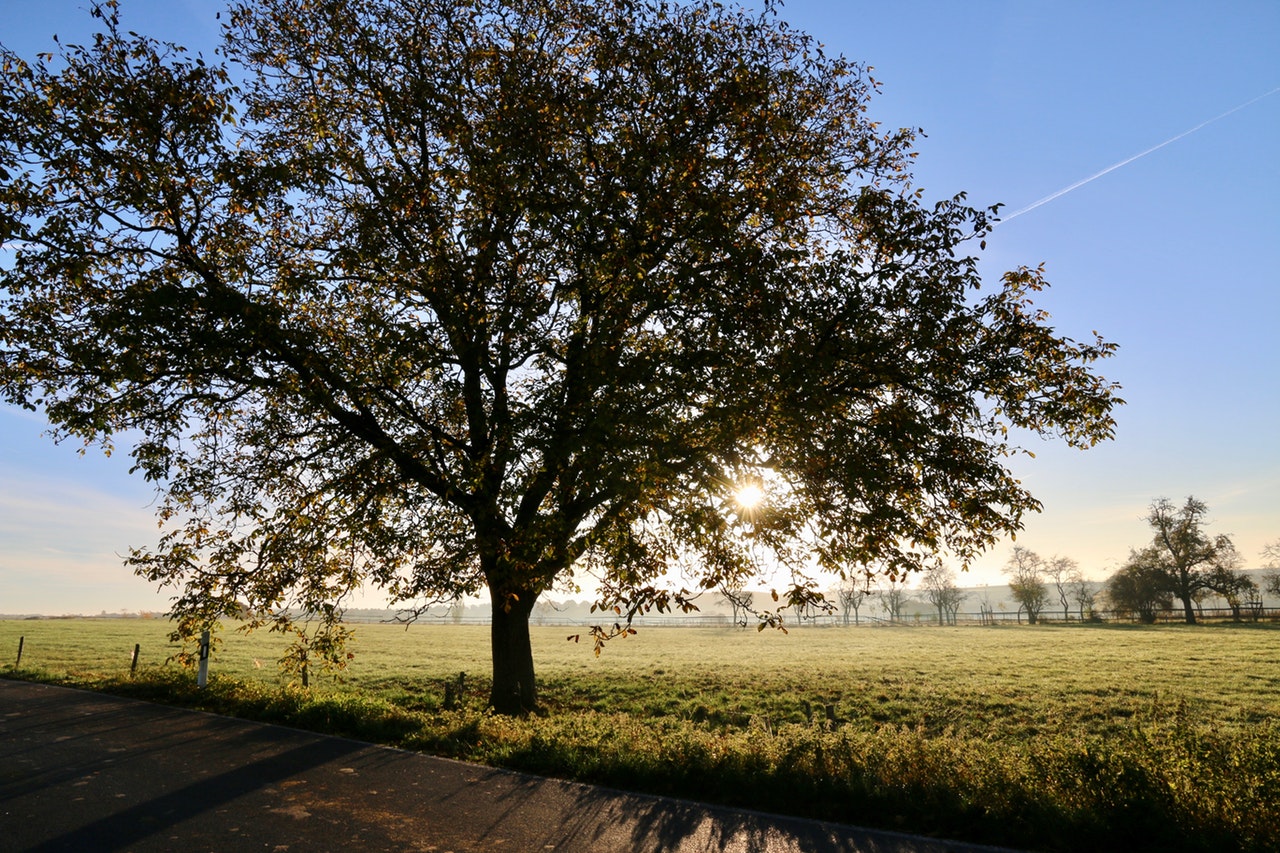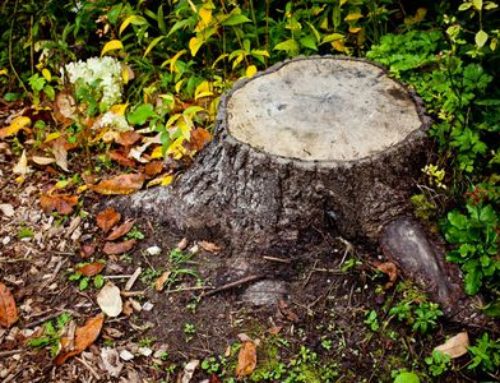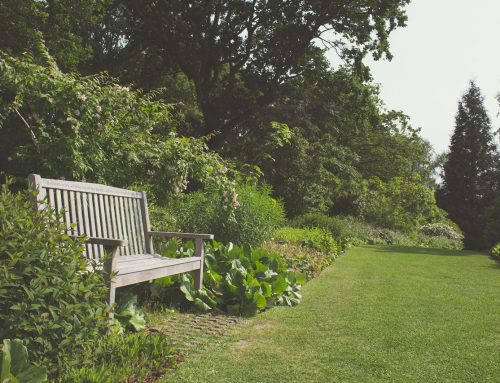The 5 Most Common Trees in the UK
Given how many trees we see on a daily basis, and how lucky we are to live in a country where there is still so much woodland and forestry to explore, it is surprising that knowledge of the most common trees is uncommon. You might be surprised to learn that only 1% of families can identify the most common trees in the UK.
Here are 5 of the most common trees, as well as some information about their most defining physical characteristics.
Common Ash – Fraxinus Excelsior
Common ash, sometimes known as European ash, is the most common form of ash tree native to Britain. This species has long been important for a number of purposes, hence its ubiquity across the British Isles. This wood grows rapidly and is resilient enough to be useful in construction. It has proven a valuable resource for many craftspeople who work with wood.
While it lacks the natural resilience to decay that makes oak popular for long-term structures, common ash offers greater flexibility, is resistant to splitting, and has excellent shock-resistance properties. All of these properties have made it a natural choice for tool handles, the purpose it was traditionally used for.
The common ash tree is very, well, common. So you almost certainly encounter this tree often, even if you are currently unaware of it. The leaves of the ash tree are of the compound type, meaning that, rather than a single big leaf, the tree has a number of small leaflets (a leaflet is a small leaf, not a printed document). The leaflets on the ash tree are lance-shaped and feature slightly toothed edges. They grow in pairs, except for the end leaflet which grows by itself.
During the winter months, the tree’s distinct black buds begin producing shoots tipped with clusters of small purple flowers.
The distinct nature of the ash’s leaflets is the best way to identify it. However, be aware of the Rowan tree, which looks very similar to the common ash tree. In fact, rowan trees are sometimes known as “mountain ash”. While they have the same shape as the leaflets of an ash, the leaves of a rowan tree grow in staggered pairs and are elongated in their appearance.
Aspen – Populus Tremula
The soft, white wood of the aspen tree is much stronger than you might expect from handling it. It is also notable for its low flammability, a property which has made it a popular material for producing matches and paper from. ‘Wood wool’, which consists of shredded aspen wood, is sometimes used as a stuffing, and sometimes used in packing as well.
One of the most interesting and unique properties of aspen is that it lacks the compounds, specifically phenols, which are found in pine and juniper trees. These compounds irritate the respiratory systems of many animals, and therefore these woods are not used around them. These worries don’t apply to aspen, and so it has found use on farms and as an animal bedding in its shredded form.
The leaves of the aspen tree are large and round; they also feature irregular blunt teeth around the edge. Near to the blade of the leaf, the stalk is flattened and flexible. Because of this, the leaves of the aspen flutter in a way that most other trees don’t. When they are young, their leaves are a copper colour. As they mature, their leaves turn green, and then to yellow as they fall. Some leaves may become red.
The easiest way of identifying the aspen is to look for those flattened leaf stalks (they’re called petioles, if you’re interested!).
Silver Birch – Betula Pendula
The distinctive silver-white bark of the silver birch has made it a very popular ornamental tree throughout the UK. As well as the appearance of its bark, the drooping nature of the plant’s shoots, even when in much warmer climates than usual, also add to its aesthetic appeal. The wood itself is used extensively in manufacturing, being used to construct furniture, skis, kitchen utensils, and much more.
The resin of the silver birch is relatively easy to extract and makes for a very effective waterproof glue, which is also useful for starting fire.
The defining characteristic of the silver birch is the colour of its bark, which can range from grey to off-white in colour. One indication of a silver birch, in addition to the aforementioned bark colour, is that it has a symbiotic relationship with the common toadstool mushroom – amanitas muscaria. This mushroom features a bulbous red cap with white spots on it, like you often see in fairy tales.
Sessile Oak – Quercus Petraea
The sessile oak is widely considered to be one of the most important species of tree in all of Europe. It is of enormous value both ecologically, and economically. Traditionally, the timber of the sessile oak was used to construct ships. Today, it is used to make high-quality, luxury furniture. The finest sessile oak is used for luxury furniture work, while the lower quality materials are used in construction.
Oak leaves have a distinct appearance, the shape of the edges of oak leaves are known as an ‘undulate margin’. Coupled with a deep and dark green colour, and the presence of acorns along the twigs, oak leaves are very distinctive. This is a great tree to start with if you are just learning how to identify them. Sessile oak features acorns without stalks, which allows you to identify this species from the others.
Sweet Chestnut – Castanea Sativa
The seed of the chestnut tree, the iconic chestnut, has been used as a food for many centuries throughout Europe. This remains the primary purpose for its cultivation, but the wood of the chestnut is also valued for a variety of purposes.
The easiest way to identify a chestnut tree is the presence of the chestnuts. They are encased in a spiked seed casing, which itself is very distinct. The nuts of the sweet chestnut tree are smalerl than those of the horse chestnut, they also grow in clusters on the sweet chestnut, but individually for the horse chestnut.
Identifying trees might seem impossible at first, but once you start learning, you will find it hard to stop. You will feel better just being able to identify more of the trees you see on a regular basis, and this is excellent knowledge to pass on to your children.



